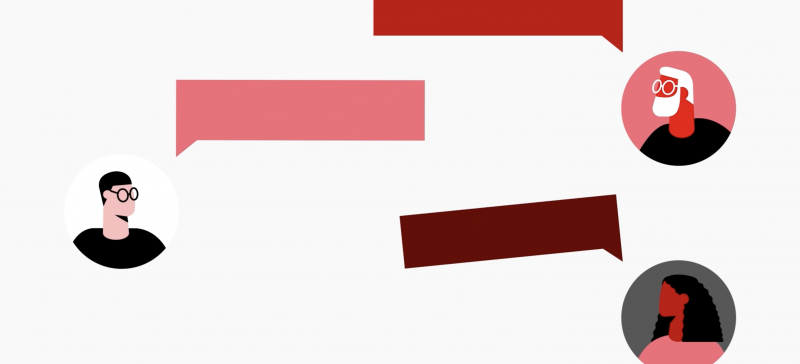There’s likely no shortage of challenges to tackle or opportunities for you to uncover at work.
In fact, –This may sound overly simplistic, but failing to properly define what problem you’re trying to solve is one of the main barriers to managing successful projects. When you have diverse communities depending on you and your team to get it right, the people you serve must shape how you define and solve problems.
That’s where a human-centered approach to problem-solving comes in.
It’s about creating solutions that address the root causes — by deeply understanding the people affected by the problem. This means that the development of new ideas is grounded in an understanding of the needs, behaviors and context of the people who will interact with the final product, service or policy.
When you put people at the center, you support fair, impartial and consistent outcomes for those you serve. You also create an environment for a more engaged workforce. And employees actually have a deeper connection to their work because they better understand who they are serving and why
That was the case for Mike Sarasti, Chief Information Officer and Director of Innovation and Technology for the city of Miami.
Previously, employees relied primarily on longer formatted scope documents, or a lengthy overview of the project. Although the documents were helpful, over time, they became less useful because the team lost sight of the problem they were trying to solve.
That’s all changed. Now, employees kick off every program with a one- to two-page brief that leads with a problem statement. Staff are encouraged to start their emails with the problem statement when responding to requests to change a product or a system. The goal is to create consistency so that people always expect the problem statement to be front and center.
Even if you’re not in IT, it’s likely that technology will be part of your problem-solving effort. Let’s say your team decides that a cloud-based tool would be best for managing projects across staff locations. As you implement and deploy that tool, you can’t lose sight of why it’s being adopted, who the change impacts and how all users are affected.
During the course of this work, it’s also important to know the impacts of good intentions, says Tracey Patterson, Senior Program Director of Social Safety Net at the nonprofit Code for America.
Under the Supplemental Nutrition Assistance Program, or SNAP, there is a congressional policy that prohibits agencies from making race or ethnicity required questions on an application form. Great intent, but this also puts states in a bind because they are required to report the race of each participant. This can lead to inaccurate judgment calls about someone’s identity.
When taking a human-centered approach to problem-solving, you must ensure that good intentions don’t cause friction and ultimately create greater inequities.
Understanding what problems need to be addressed can make the difference between flourishing and floundering endeavors. Let the people you serve and work alongside shape your problem-solving strategy. They can help you navigate obstacles and unexpected hurdles.
For other problem-solving tips, download our GovLoop guide about delivering government services through a lens of equity.
This article is an excerpt from GovLoop Academy’s course, “GovLoop Examines: How to Drive Problem-Solving that Puts People First,” created in partnership with Red Hat. Access the full course here.





Leave a Reply
You must be logged in to post a comment.